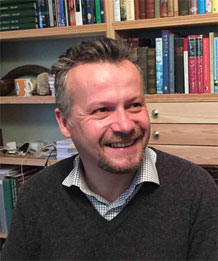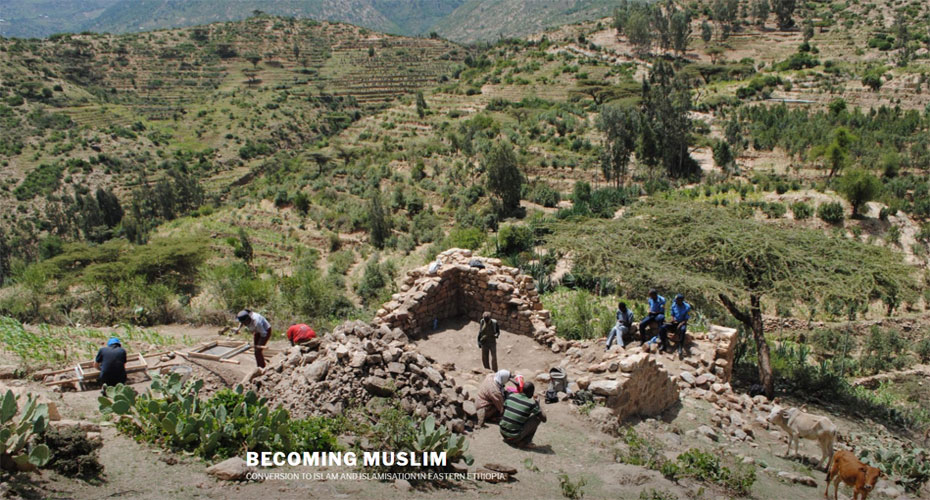
Professor Timothy Insoll is an archaeologist and Al-Qasimi Professor of African and Islamic archaeology at the Institute of Arab and Islamic Studies. His research interests are in later African archaeology (Iron Age) and Global Islamic archaeology.
Archaeologists ask ‘Why people convert to Islam?’
As part of his latest research project, Professor Timothy Insoll, archaeologist and Al-Qasimi Professor of African and Islamic Archaeology at Exeter University, looks for the truth about Islamic conversion, which could lay buried in sub Saharan Africa.
There is thought to be over 1.6 billion people worldwide following the Islamic faith today. That means almost one in four people in the world right now are Muslim. Founded in 610 AD, Islam grew and prospered through periods in which the Islamic world experienced scientific, economic and cultural booms. It now exists as the oldest and second largest religion today, with multiple denominations practicing various acts of worship. As part of a new ERC funded research project, Professor Insoll and his team embark on a journey of discovery to see what people living hundreds of years ago in Eastern Ethiopia could teach us about this modern day faith.
“From the very first site visit to Harar, it had the feeling of something special. It was covered in glass beads, which are always a nice indicator of a medieval trade site in Africa.” said Professor Insoll when asked about the site in Ethiopia, at the centre of the five-year project. “Early indications show the site was occupied somewhere between the 10th and 14th centuries with possible connections with Christian Ethiopia at an early date.”
Whilst many projects focus on monuments like palaces and mosques as a way of learning about the past, this one puts people back into the narrative. ‘Becoming Muslim: Conversion to Islam and Islamisation in Eastern Ethiopia’ does this by bringing together an interdisciplinary team consisting of: Professor Insoll as principal investigator with interests in later African archaeology (Iron Age) and Global Islamic archaeology; Dr Nadia Khalaf a landscape archaeologist specialising in Iron Age Africa and the application of Geographical Information Systems (GIS); Dr Veerle Linseele, an archaeozoologist interested in diverse aspects of human-animal interactions, focusing mainly on Holocene Africa and Dr Alemseged Beldados, an archaeobotanist with interests in early food production along the Nile Valley and in the Horn of Africa.
“Diet is such a significant identifier of a person.” Professor Insoll explained. “Particularly if you are converting to a new faith that with it, brings dietary changes which can help uncover a more complete view of the people that lived there during this time.”
Professor Insoll also has two PHD students working with him: Nick Tait is analysing ceramics from the excavations and examining the utility of surface collected pottery and Hannah Parsons is working on Chinese ceramics in Ethiopia and the East African Coast. Thanks to this project, students are benefitting from research led teaching and MA/PhD students have the chance to be involved in some truly ground-breaking research. Exeter University is also strengthening relationships with the University of Addis Ababa, the Institute of Ethiopian Studies and the National Museum in Ethiopia.
To find out more about the project visit the dedicated site and follow the team’s blog at http://www.becomingmuslim.co.uk
ERC funded (694254 ERC-2015-AdG)

